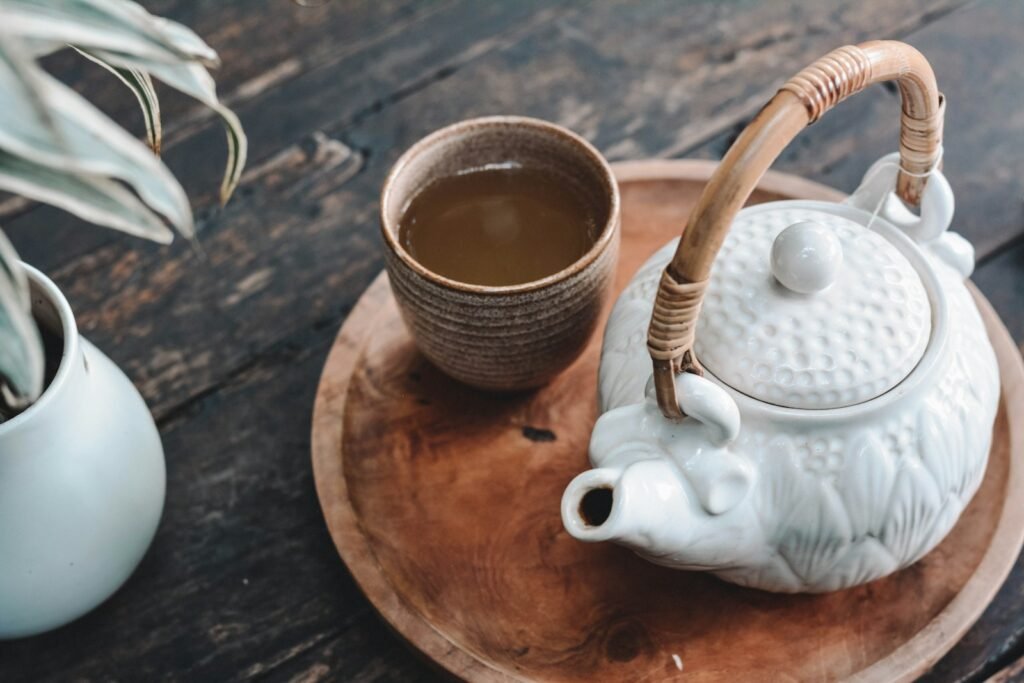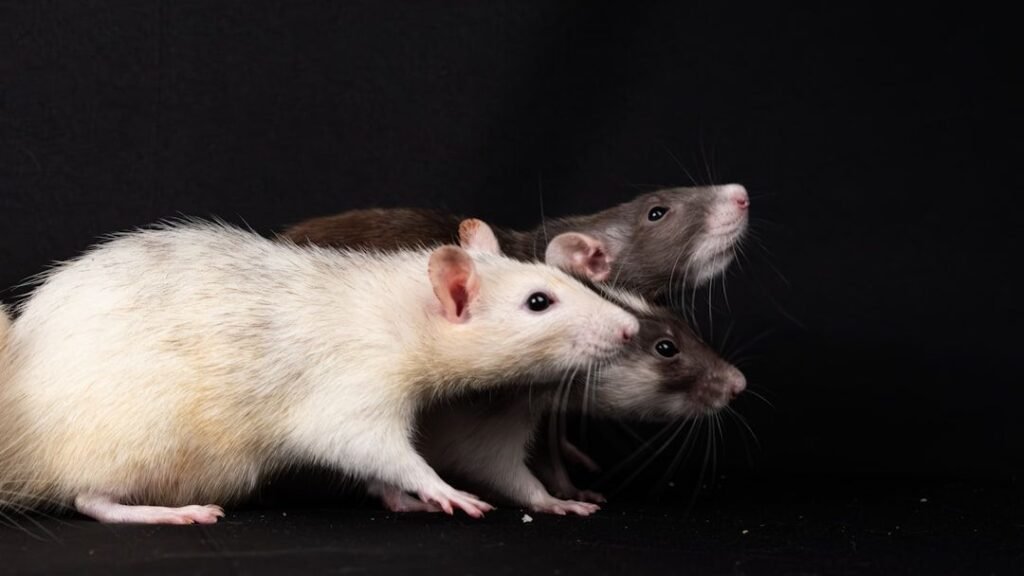Did you know that a simple cup of tea connects people across continents and centuries, weaving together stories of science, tradition, and taste? As the steam rises from a freshly brewed pot, it whispers tales of ancient botanists, wild mountain plantations, and the invisible chemistry that makes every sip unique. On International Tea Day, let’s journey into the secret heart of tea—the plant, the molecule, the marvel. Whether you’re an avid tea drinker or just curious about what goes into your cup, prepare to be amazed by the living, breathing world behind the world’s favorite leaf.
The Camellia sinensis Plant: Where It All Begins
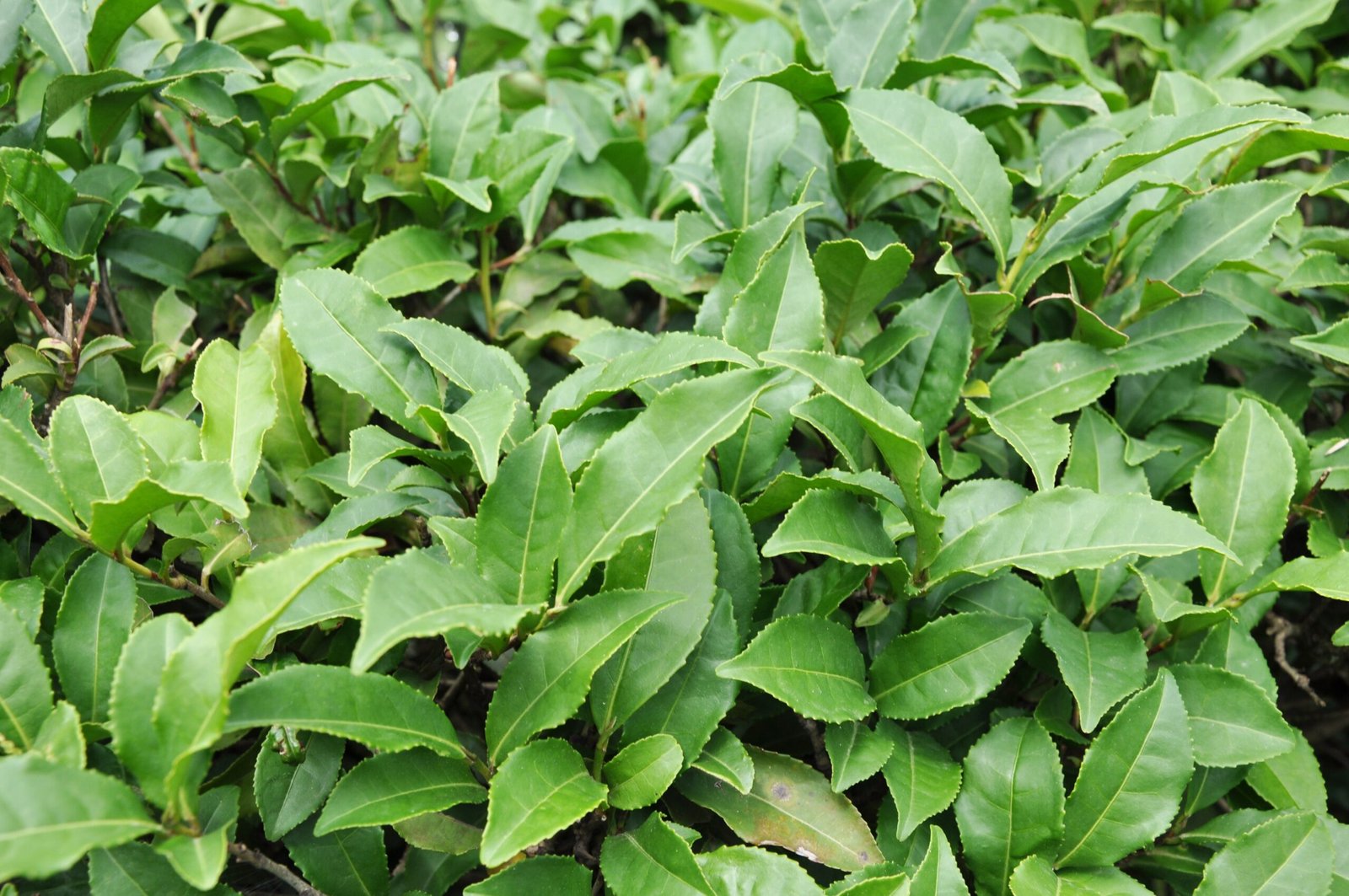
At the very root of every cup of tea is the Camellia sinensis plant, a glossy green shrub native to East Asia. This unassuming plant is the mother of all true teas—black, green, oolong, white, and even pu-erh. Growing mostly in misty highlands and tropical valleys, Camellia sinensis thrives in acidic soils and loves a bit of shade. Its leaves are hand-picked by skilled workers, often in the early morning when the dew is still fresh. Each tender shoot contains a cocktail of chemicals, ready to burst into life once processed. Without this plant, the story of tea would simply not exist.
From Bud to Brew: Harvesting and Processing Methods
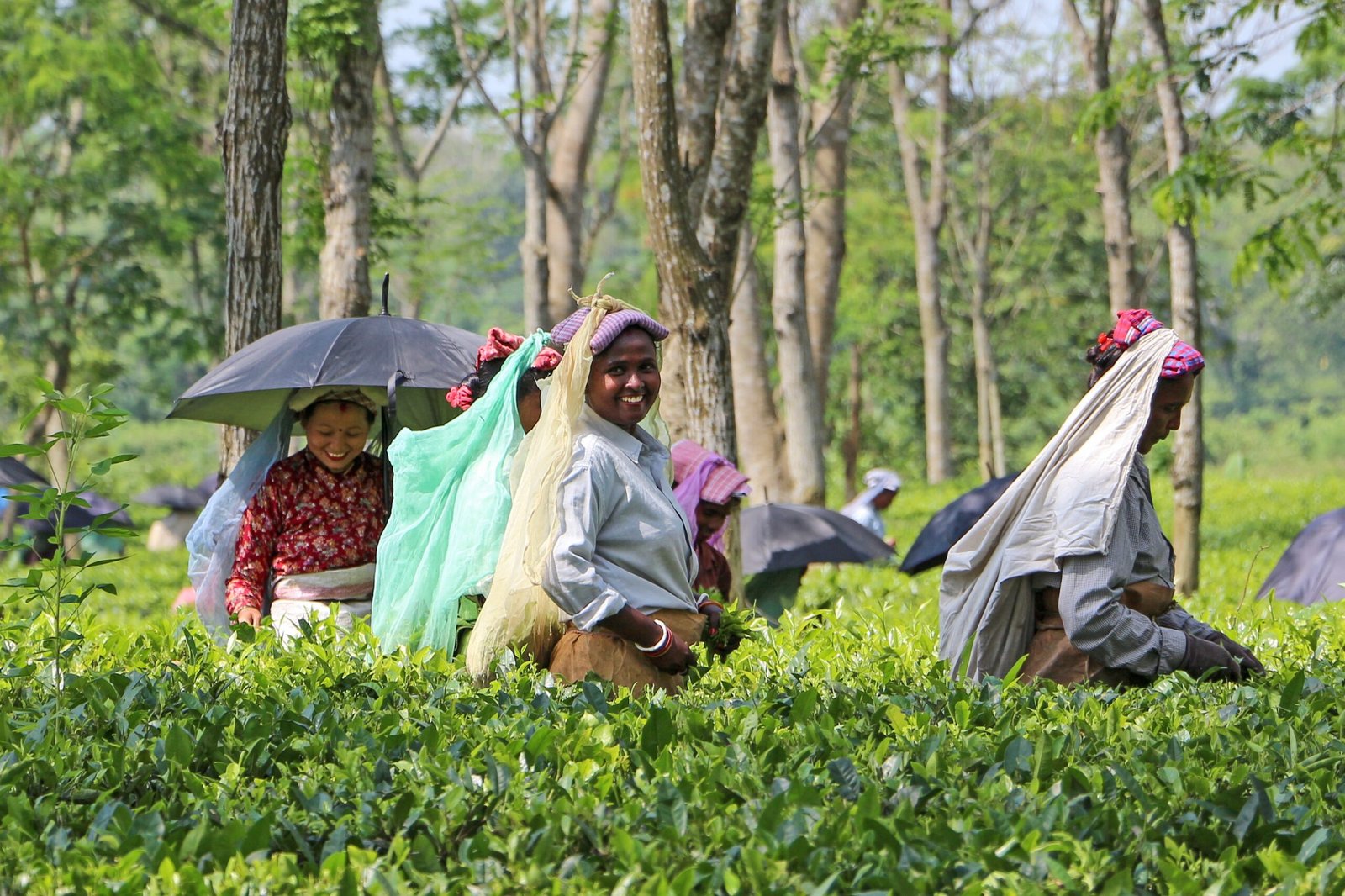
The journey from garden to teacup is nothing short of miraculous. Harvesting tea is a delicate dance, with workers plucking the youngest buds and top leaves, often referred to as “two leaves and a bud.” Once picked, the leaves undergo a series of transformations—wilting, rolling, oxidizing, and drying—each step unleashing different flavors and aromas. Green tea is steamed or pan-fired to keep its grassy character, while black tea undergoes full oxidation for robust, malty notes. Oolong is somewhere in between, and white tea is barely processed at all. The method chosen shapes not just the taste, but the chemical profile of the final brew.
Tea’s Global Journey: Cultivation Around the World
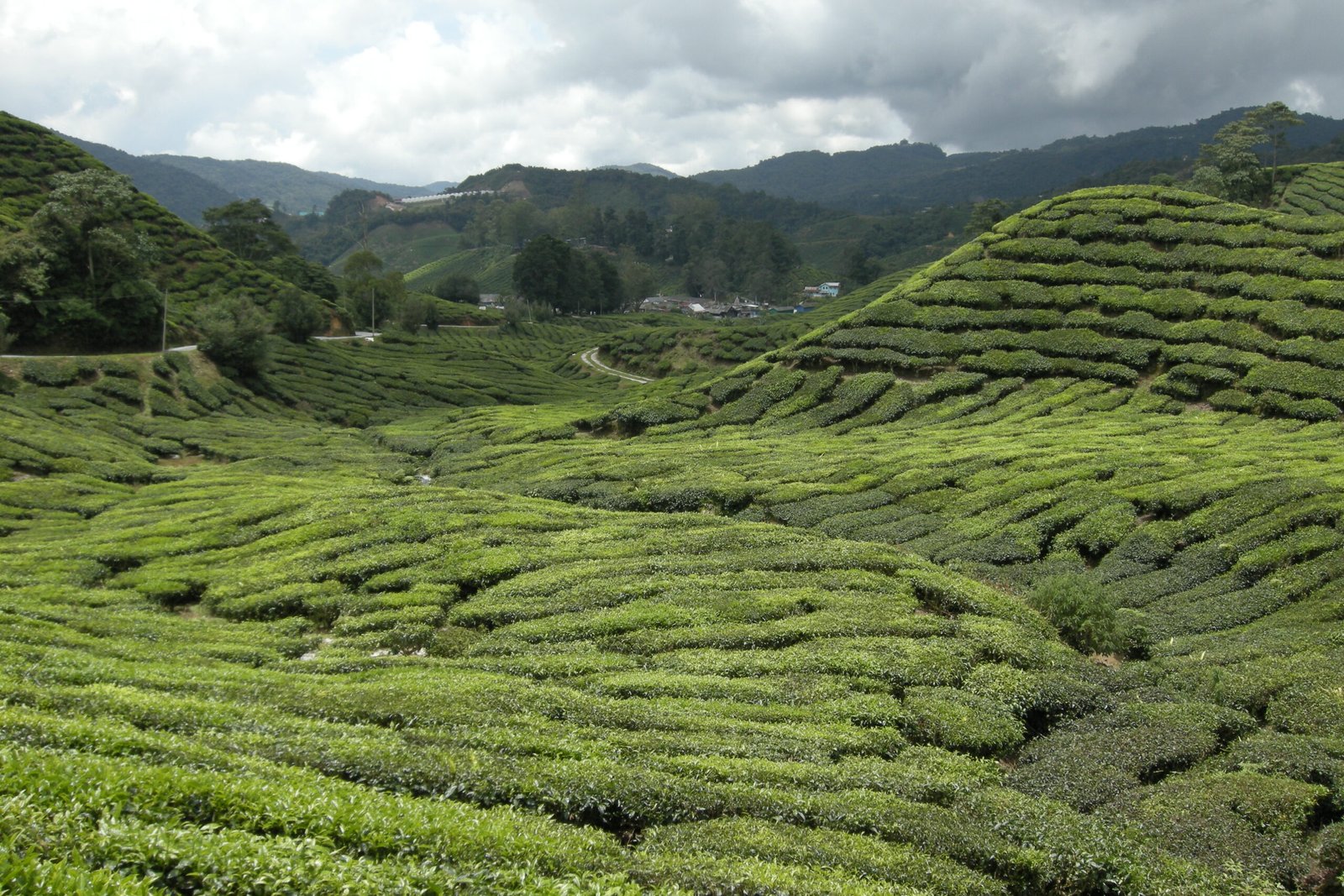
Tea is grown from the misty hills of Darjeeling to the lush estates of Kenya and the sprawling plantations of China’s Yunnan province. Each region boasts its own signature style, thanks to differences in climate, altitude, and soil. For instance, Japanese green teas like matcha and sencha are steamed for a vivid green color, while Sri Lanka’s Ceylon teas are sun-soaked and brisk. Even within a single country, microclimates give rise to wildly different flavors. This global patchwork makes tea one of the most diverse drinks on the planet, both botanically and culturally.
The Science of Oxidation: Unlocking Tea’s Flavor Spectrum
At the heart of tea’s flavor lies a surprisingly complex process: oxidation. When tea leaves are bruised or rolled, enzymes in the leaves react with oxygen, sparking a cascade of chemical changes. Polyphenols—tiny molecules packed with potential—transform into theaflavins and thearubigins, turning the leaves darker and deepening the flavor. This is why black tea tastes bold and malty, while green tea remains delicate and fresh. The dance of oxidation is orchestrated with precision, and even a few minutes can mean the difference between a grassy green and a smoky oolong.
Catechins and Antioxidants: The Healthful Magic of Tea
Tea is more than just a comforting ritual—it’s a powerhouse of antioxidants. The stars of the show are catechins, especially abundant in green tea. These natural compounds help protect the plant from pests and UV damage, but in humans, they’re linked to heart health and reduced inflammation. Studies suggest that regular tea drinkers may have a lower risk of chronic diseases, thanks to these mighty molecules. Every time you sip a cup of tea, you’re not just tasting flavors; you’re drinking centuries of plant evolution distilled into a health-giving elixir.
The Role of Caffeine: A Gentle Lift for Body and Mind
Unlike the jolt of coffee, tea offers a gentler, more sustained energy boost. That’s thanks to its unique balance of caffeine and another molecule called L-theanine. While caffeine perks you up by blocking sleep-inducing chemicals in the brain, L-theanine soothes and sharpens your focus. Together, they create what many describe as a calm alertness—perfect for everything from meditation to marathon study sessions. This delicate balance is no accident; it’s a product of both plant genetics and the nuances of processing.
Flavonoids: Nature’s Palette in Every Cup
Have you ever noticed how some teas shimmer with golden hues, while others are deep amber or jade green? That’s the magic of flavonoids, a broad family of plant pigments. These compounds not only paint your tea with color but also contribute layers of flavor—from sweet and floral to brisk and astringent. Flavonoid content varies by type, region, and even season, making each harvest unique. In the world of tea, color truly is a window to chemistry.
Volatile Aromatics: The Scented Soul of Tea
The aroma of tea is as complex as a symphony, thanks to hundreds of volatile organic compounds. These aromatic molecules are released during withering, rolling, and firing, creating everything from jasmine and honey notes to smoky or earthy undertones. Scientists have identified over 600 different volatile compounds in tea, each playing its part in the overall bouquet. The next time you inhale the steam from your cup, remember: you’re experiencing a living chemistry lab, one whiff at a time.
Alkaloids and Amino Acids: Subtle Influencers of Taste
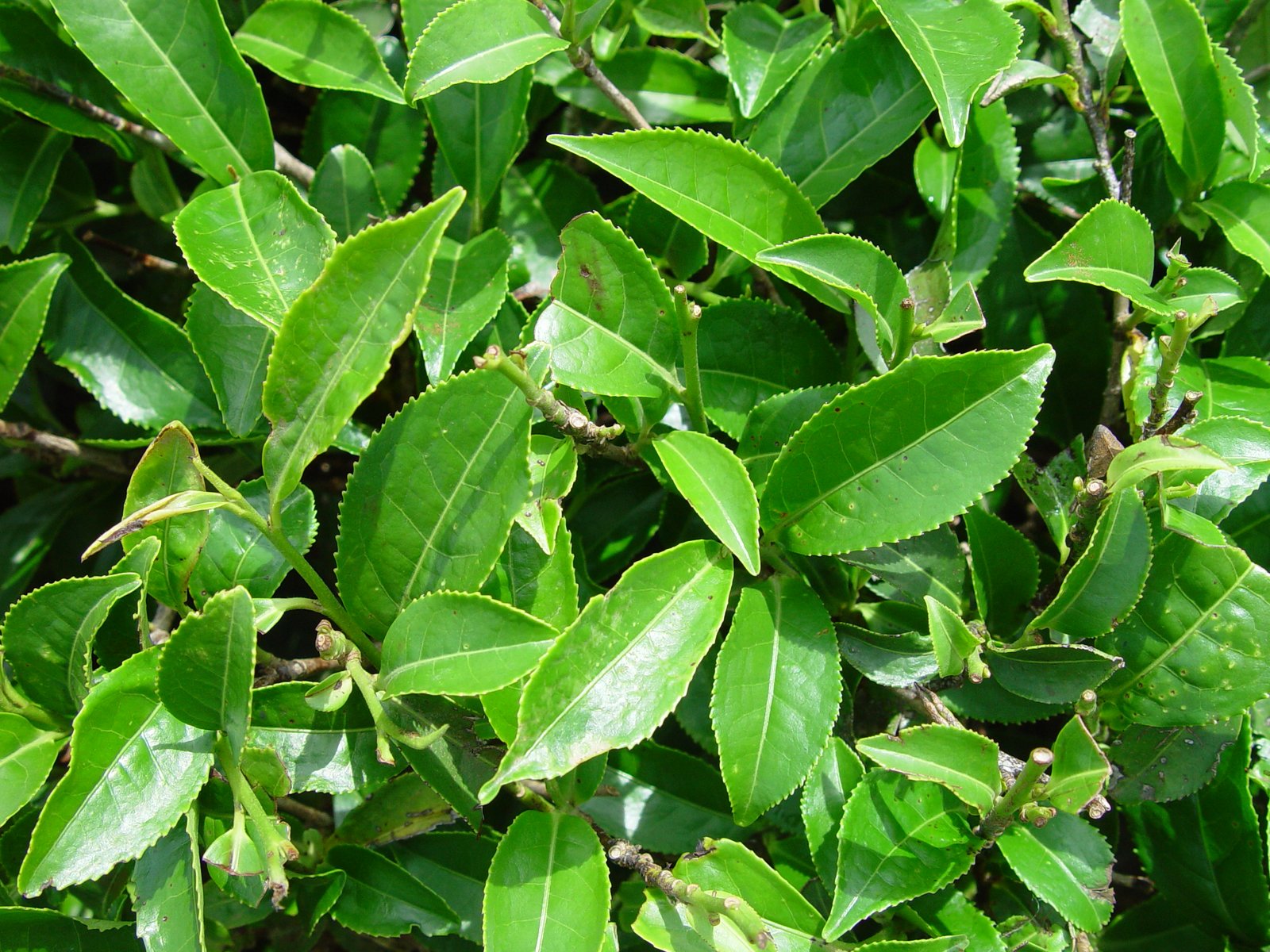
Beyond caffeine, tea contains a host of other alkaloids and amino acids. One of the most fascinating is theanine, found almost exclusively in tea plants. Theanine adds a smooth, umami-rich quality to the brew, taming bitterness and enhancing sweetness. This is why high-quality Japanese teas often taste almost savory, like a delicate broth. Other alkaloids, such as theobromine, provide mild stimulation and contribute to the layered experience of drinking tea.
Terroir: The Taste of Place
Wine lovers talk about terroir—the way soil, climate, and geography shape flavor—but tea has its own version of this phenomenon. The mineral content of the soil, local weather patterns, altitude, and even the direction a tea bush faces can dramatically affect the final taste. For example, high-mountain teas from Taiwan are prized for their creamy texture and floral aroma, while Assam teas from India are robust and malty. Each cup is a snapshot of a specific place and moment in time.
The Art and Science of Blending
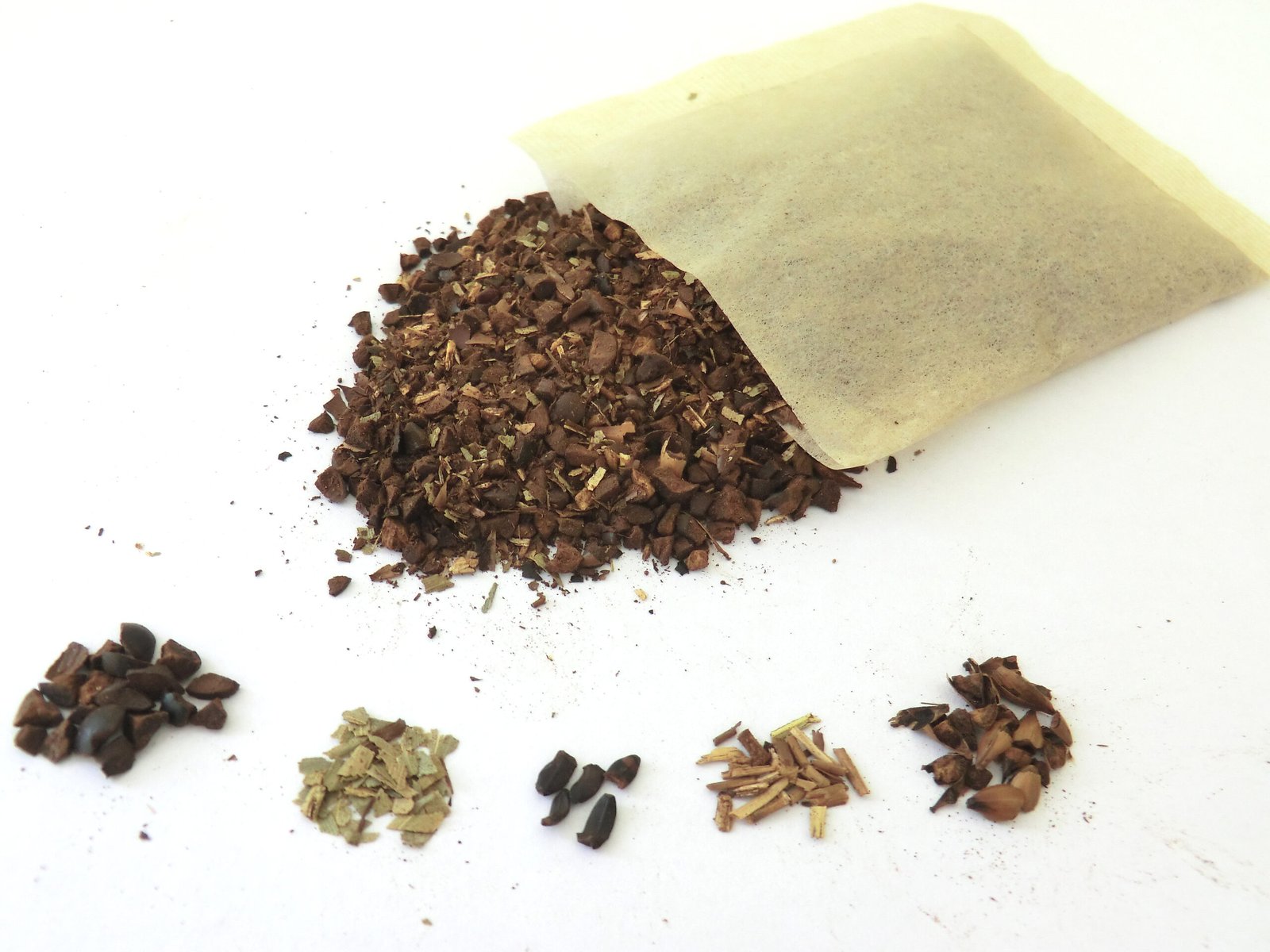
While single-origin teas celebrate a sense of place, blends offer a different kind of magic. Master blenders combine leaves from multiple regions and harvests to create balanced, consistent flavors. Think of iconic English Breakfast or Earl Grey, where the citrusy zing of bergamot oil meets a robust black tea base. Blending is both an art and a science, requiring a sensitive palate and deep botanical knowledge. It’s how the world enjoys familiar, comforting flavors year after year.
Infusion Techniques: How Chemistry Meets Tradition
The way you brew your tea can transform its chemistry and taste. Steep a green tea too long or too hot, and bitter tannins will dominate. Brew a black tea at just the right temperature, and its malty sweetness shines through. Even the water you use—soft or hard, filtered or spring—can shift the flavor profile. Tea brewing is a laboratory experiment in your kitchen, where tradition and science come together in every cup.
Tea and Human Culture: More Than a Drink
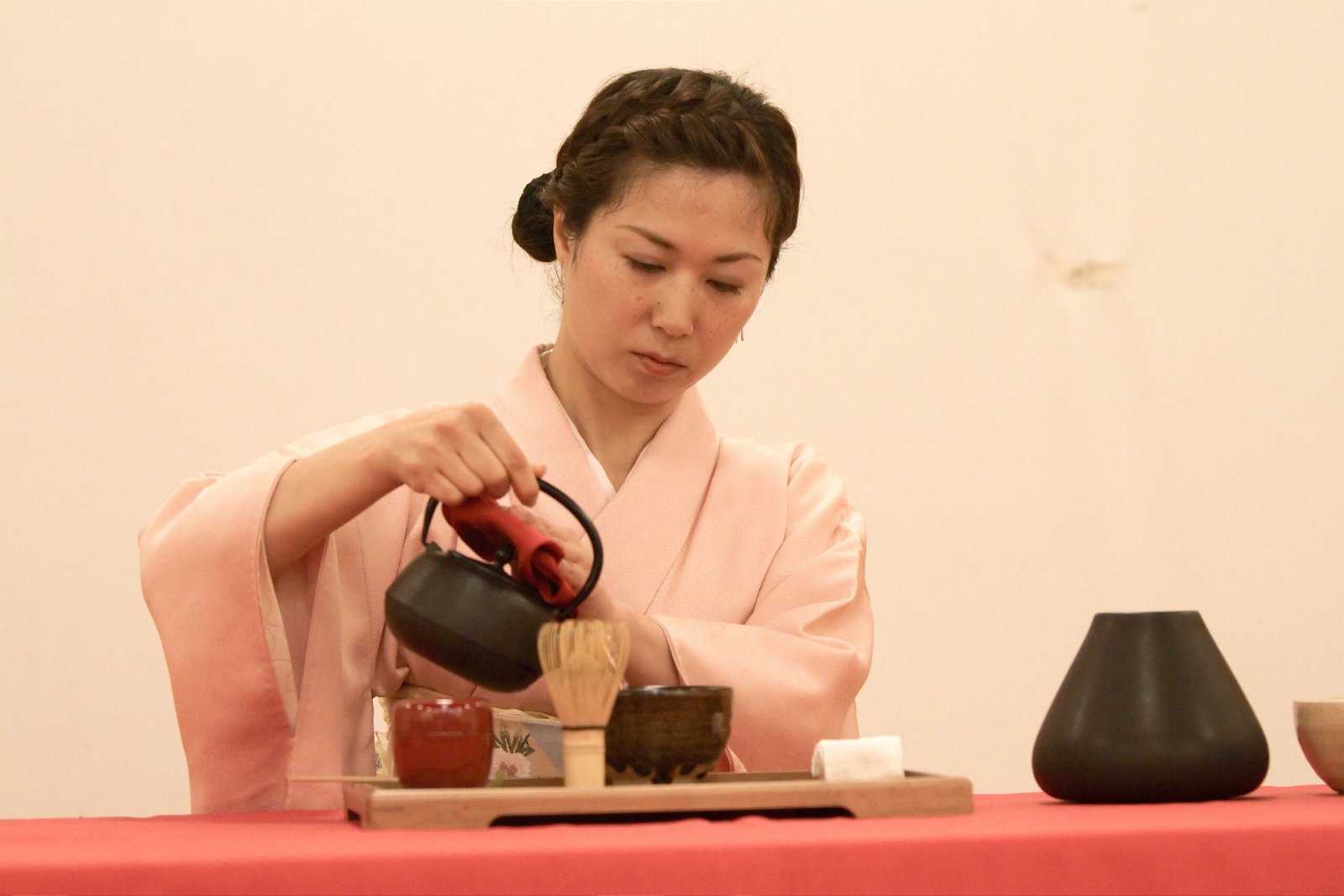
Across continents, tea is so much more than a beverage—it’s a ritual, a social glue, even a symbol of hospitality. In China, the tea ceremony embodies respect and mindfulness. In Britain, afternoon tea is an occasion for connection and conversation. Moroccan mint tea is poured high into glasses as a gesture of welcome. These customs are as diverse as the teas themselves, reflecting the plant’s central role in human society.
Environmental Impact: Tea and Sustainability
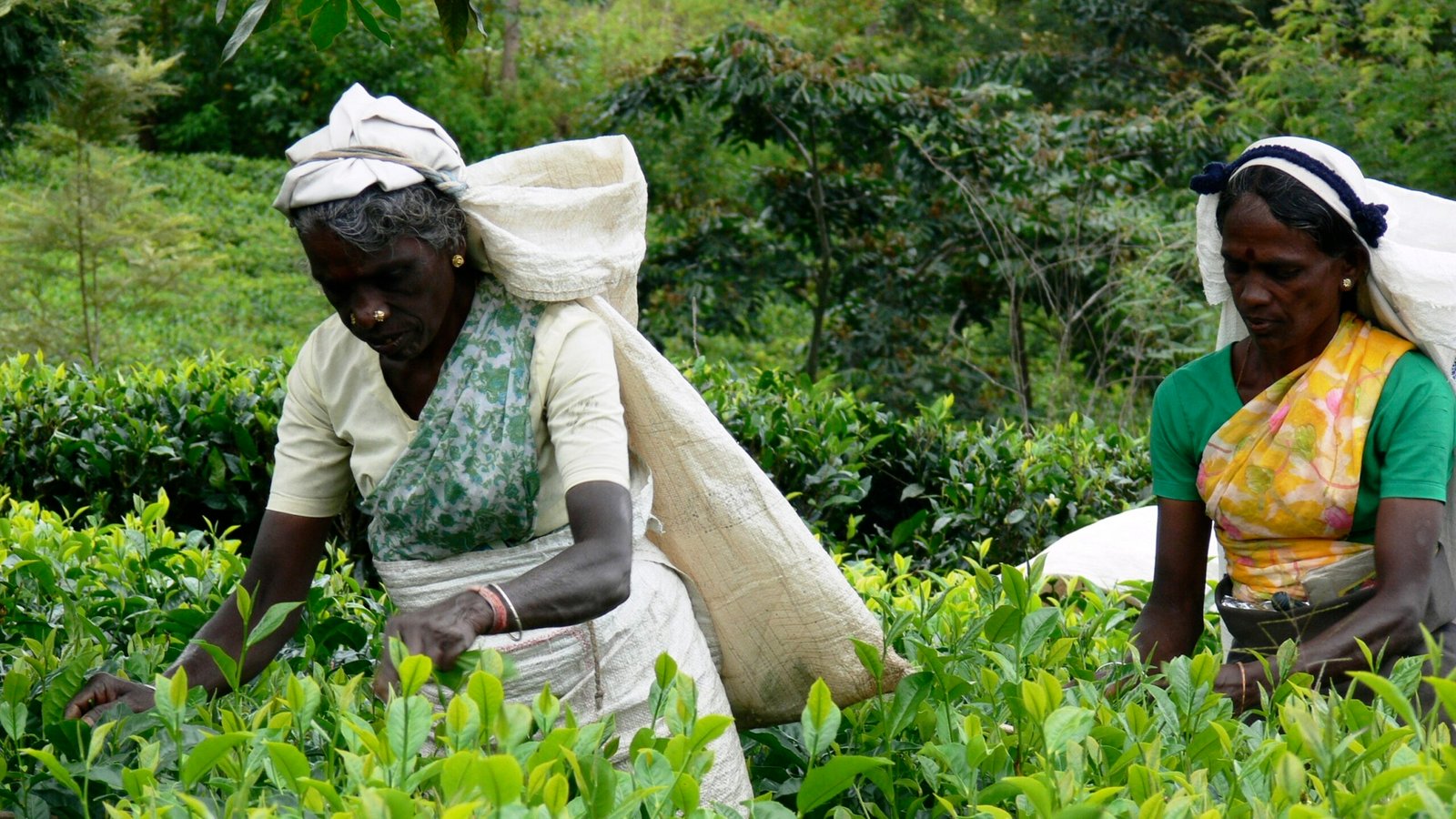
Behind every soothing cup of tea lies a complex web of environmental challenges. Large-scale tea farming can lead to deforestation, soil erosion, and pesticide use. Yet, there’s a growing movement toward sustainable farming—organic cultivation, shade-grown practices, and fair-trade certification. Some small farms even rely on hand-picking to minimize their footprint. As consumers become more aware, the demand for eco-friendly tea is reshaping the industry.
Climate Change and the Future of Tea
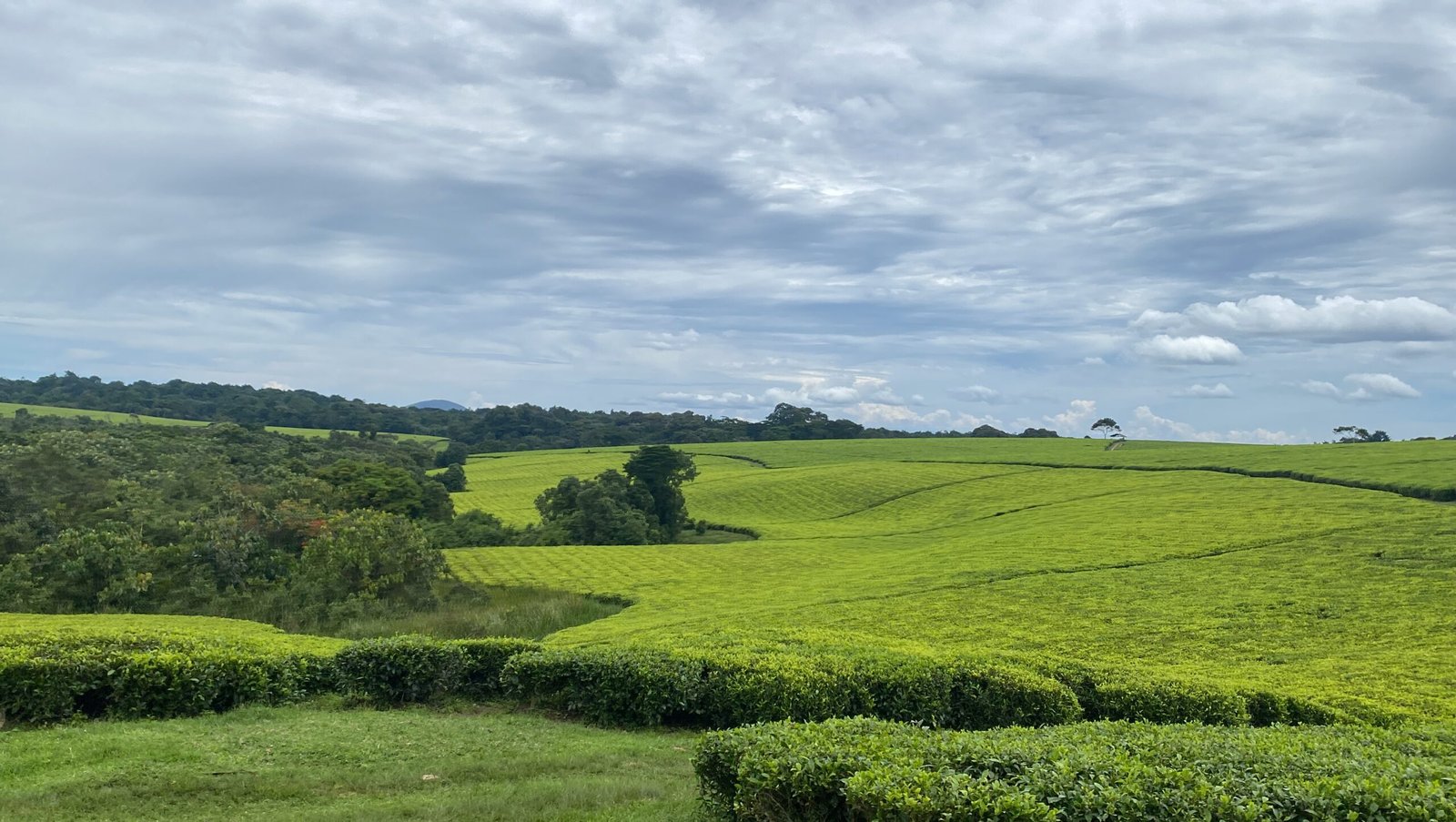
Tea is particularly sensitive to changes in weather and temperature. Shifts in rainfall, rising temperatures, and unpredictable seasons can affect not just yields, but also flavor and chemical composition. Some regions are experimenting with drought-resistant cultivars and new farming methods. The resilience of the tea plant—and the ingenuity of growers—will be tested in the coming years, making each harvest more precious than ever.
Tea and Human Health: The Ongoing Research
While tea has a long-standing reputation for health benefits, modern science continues to unravel its mysteries. Researchers are studying its potential to lower cholesterol, improve brain function, and even protect against certain cancers. However, results can be mixed, and much depends on how the tea is processed and consumed. What’s clear is that tea offers a complex blend of compounds that interact with our bodies in subtle, sometimes surprising ways.
Wild Teas and Botanical Diversity
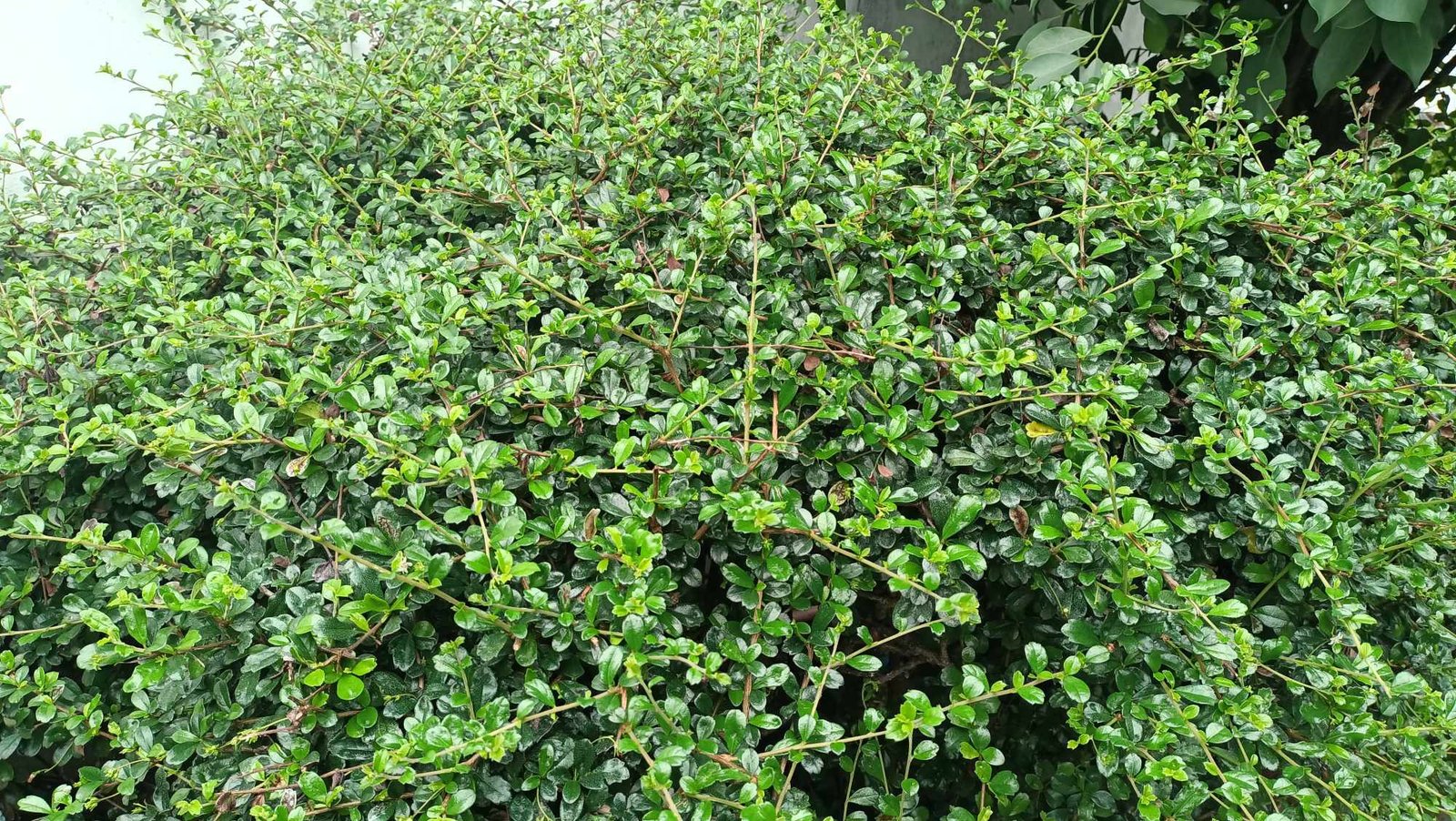
Not all tea comes from neat plantations. Wild tea trees—some centuries old—still grow in remote forests, especially in regions like Yunnan, China. These wild teas are prized for their complex flavors and unique chemical compositions, shaped by diverse genetics and natural conditions. As interest in rare and heritage teas grows, these ancient plants are gaining recognition as living treasures of biodiversity.
Tea as a Bridge: Connecting Science, Nature, and Humanity
At its core, tea is a meeting place—where botany, chemistry, and culture converge. It’s a reminder of our deep connection to the natural world and to each other. Every cup is an invitation to pause, to wonder, and to savor the marvels hidden in a handful of leaves. Whether you drink it for comfort, curiosity, or community, tea offers a bridge between past and future, science and soul.
Reflections on the Leaf: What Will You Discover?
The next time you cradle a warm cup of tea, think about the incredible science and history brewing between your hands. From the resilient Camellia sinensis to the invisible ballet of molecules, every sip is part of a larger story—one that belongs to growers, scientists, and tea lovers everywhere. Will you taste the difference? Will you see the world in a new light, one fragrant leaf at a time?

